Gaming has exploded in recent years and morphed into a competitive “sport” (the use of quotes denotes my unwillingness to classify gaming as a sport, but that’s an entirely separate debate). Projections show that gaming is on track to become a billion dollar industry by 2020. Hard to believe. But there are many factors contributing to this rapid growth. Let’s dive in.
-
Gaming is Social
I’ll be honest – the image that jumps into my head when I think of gaming is someone sitting in their basement, alone, playing video games. I don’t imagine gaming to be a social activity, but my own pre-conceived notions are inaccurate. On a non-professional level, gaming often consists of battling against other gamers, via the internet, who are geographically located anywhere in the world. You can engage, talk with or taunt these other gamers in real time – while you’re trying to kill them (in a virtual sense, of course).
Esports tournaments, on the other hand, are often streamed live to the web, reaching millions of at-home viewers. Those viewers can engage with the live gaming content, share the stream on social media, and interact with other viewers – anywhere in the world – via chat features within the live stream.
The digital nature of gaming and esports creates huge viewership numbers, which means advertisements reach a larger audience, thus more potential for ad revenue.
-
High Viewership of Live Streams
Live streaming for gaming content works in a similar manor to live streaming professional sports. Certain leagues have exclusive broadcast partnerships with specific carriers. In the world of esports, those carriers are often Twitch or YouTube. The sale of broadcast rights has proven to be a big revenue driver for the gaming industry.
On the flip side, the streaming platforms themselves can monetize gaming content by charging membership fees. Twitch, for example, is largely free, but they offer Twitch Prime subscriptions starting at $12.99/month. Some esports live streams have been known to generate millions of viewers. So in the case of Twitch, even if a small percentage of those viewers are paid members, at $12.99 per person, you’re still generating a lot of revenue from a single gaming event. And if your viewers aren’t paid subscribers, you’re still able to monetize the “free” stream through ad sales.
-
Big Sponsorships Opportunities With Gaming
If you’ve ever watched an esports event, you’ll notice teams wearing jerseys with corporate logos adorned on the back. Sponsorship is another revenue driver for the gaming world. There are not only opportunities to sponsor specific teams or players, but opportunities to sponsor specific events, tournaments and live streams.
Some professional sports teams and sports leagues – like the NHL and some European soccer clubs – have started to sponsor esports teams and individual gamers. The idea being that by exposing players to your own professional sport through video games, you’re increasing the likelihood that those players will become fans of the actual sport. For example, if the NHL sponsors a gaming tournament in which gamers are competing against each other in EA’s NHL 2018, you’re exposing those gamers to the world of hockey – even though it’s virtual – thereby increasing the likelihood that they’ll get invested in NHL players, teams and the league itself.
-
Young, International Demographic
The unique thing about esports and gaming is that it’s a global phenomenon – and a trend that doesn’t have western roots. The demographics for fans and gamers themselves tends to skew lower, which is a target demographic that advertisers have long been hungry to get in front of. The global reach and key demographics of esports make it a very attractive avenue for advertisers. They have the opportunity to not only reach a key demographic, but they have an opportunity to reach them on an international level.
-
High Pay Means More Gaming Competition
If you’re skilled enough to play esports competitively, you have the opportunity to make a stupid amount of money. Some gaming competitions have paid out as much as $24M. Keep in mind that this gets split among your entire team, but still… I’d take ¼ of $24M. Some leagues have even started paying their players an annual salary, which is on top of whatever prize money these professional gamers pull in. In a recent interview with CNBC, one of the top gamers in the US – Tyler “Ninja” Blevins – claimed that he pulls in $500k in revenue per month. That’s $6M in revenue annually. From playing video games. Sign me up.
With prize pools and sponsorship opportunities continuing to grow, it creates a case for more people to pursue gaming as a career. And the more people who want to turn “pro”, the more competitive the landscape becomes. Just like with pro sports – you want to be the best of the best at your specific position. And the best-of-the-best make the most money and pull in the most fans.
______
Despite any of your own individual opinions or biases against esports, it’s hard to deny that the gaming industry is exploding. And for all the reason’s outlined above, it will continue to do so.







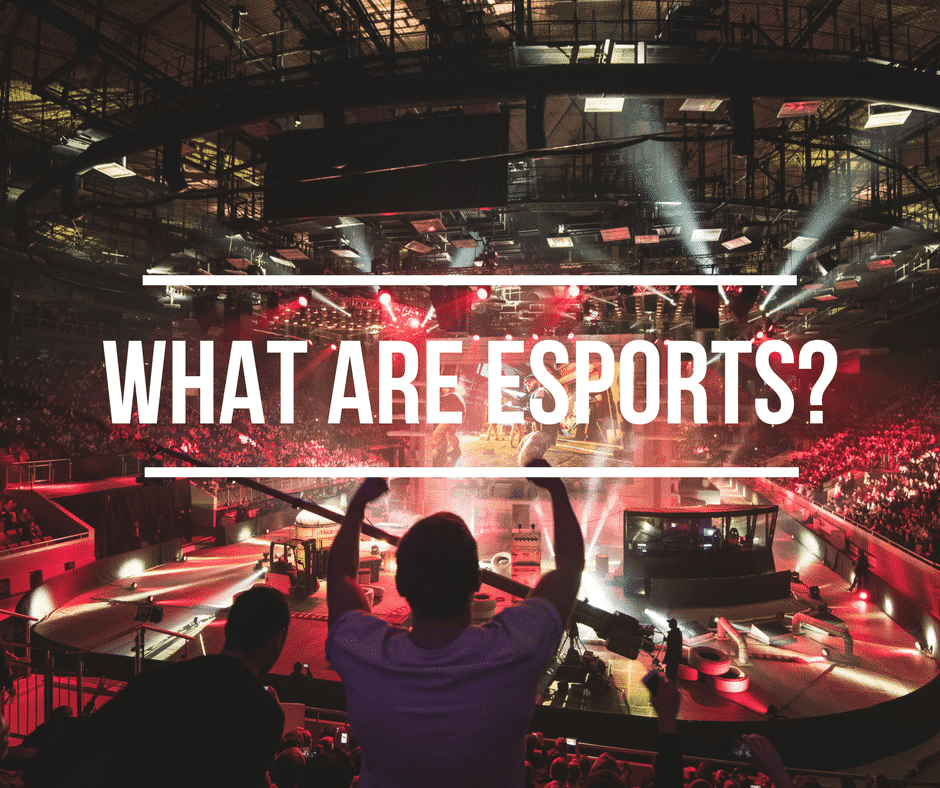
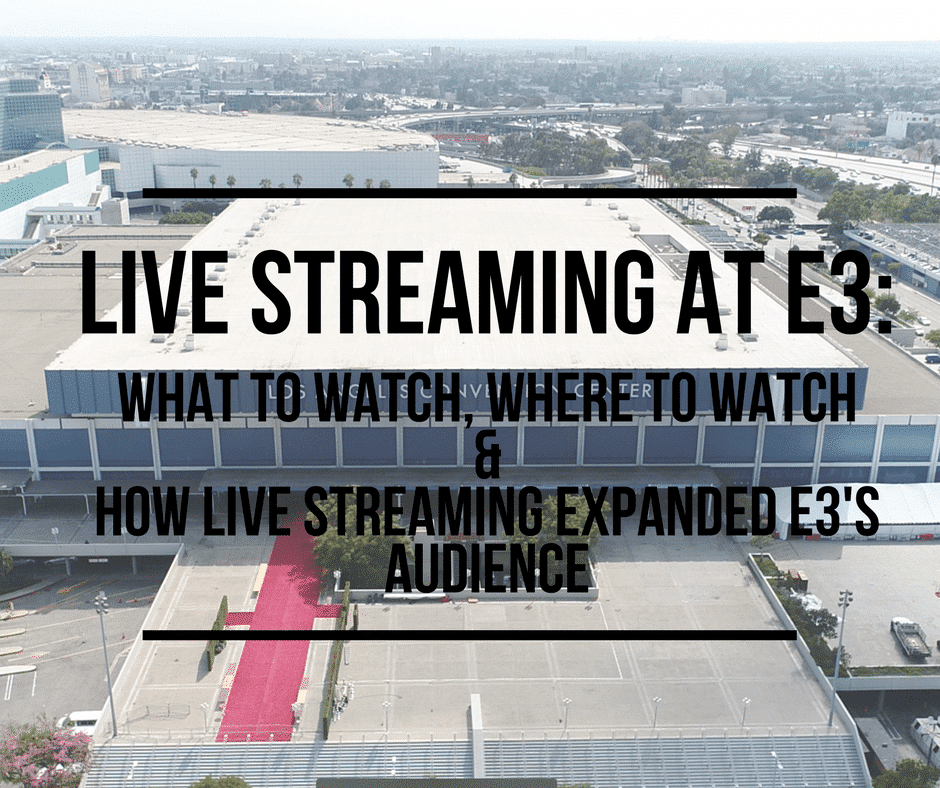
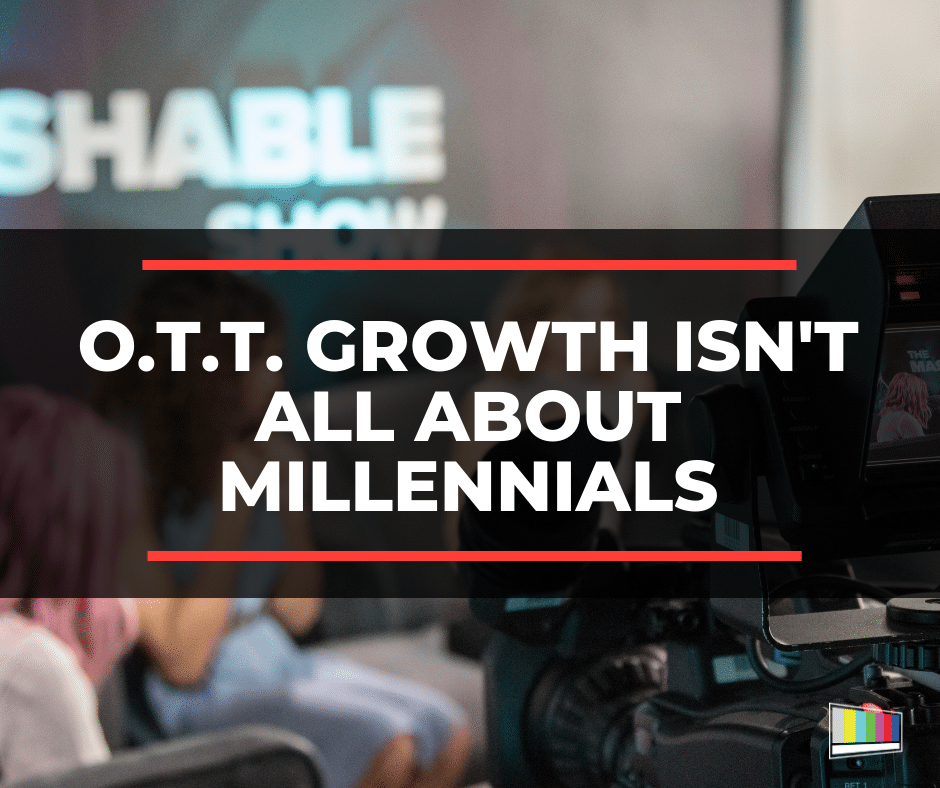




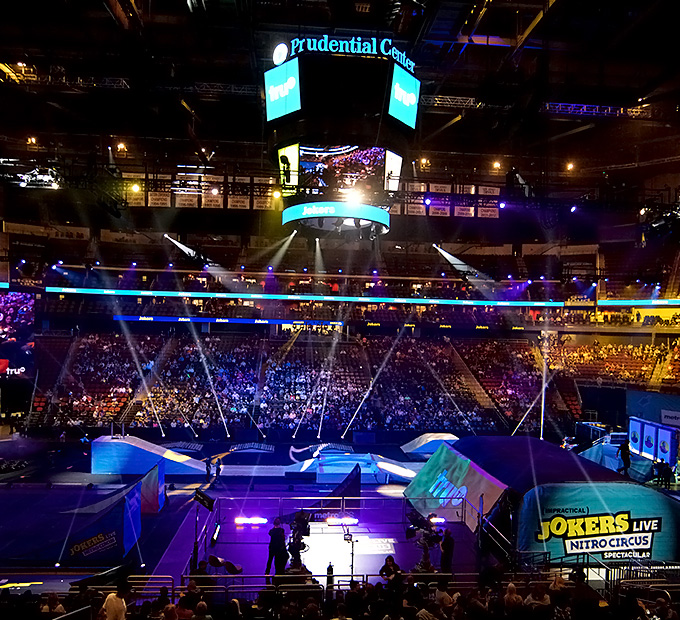




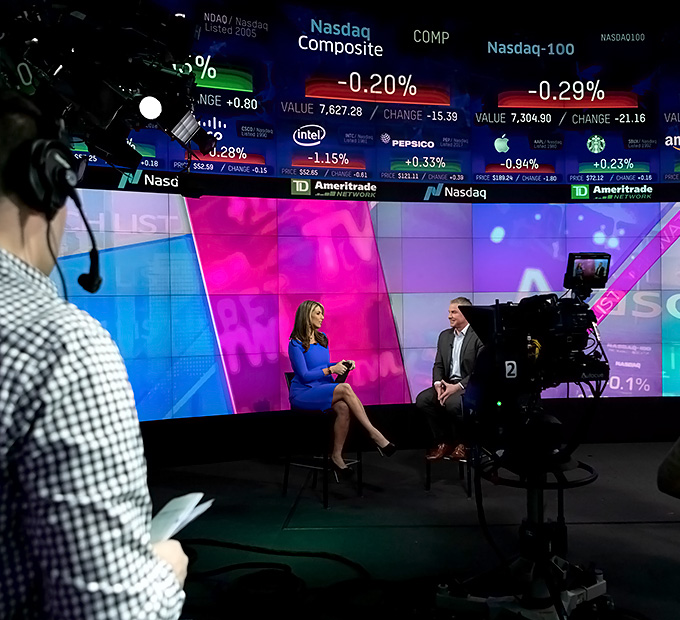
Leave a Reply